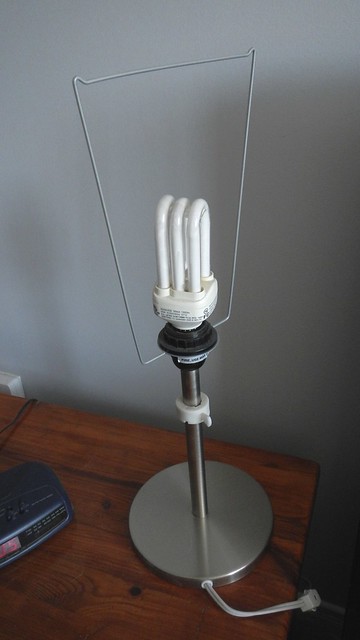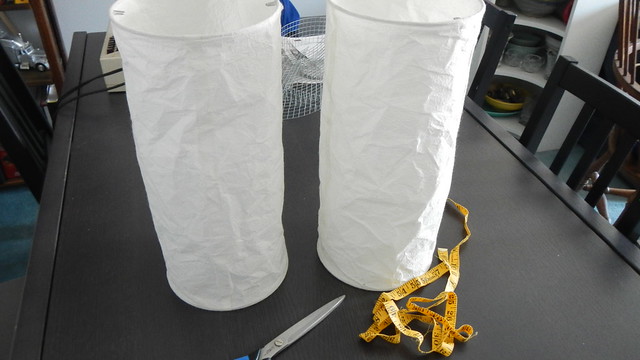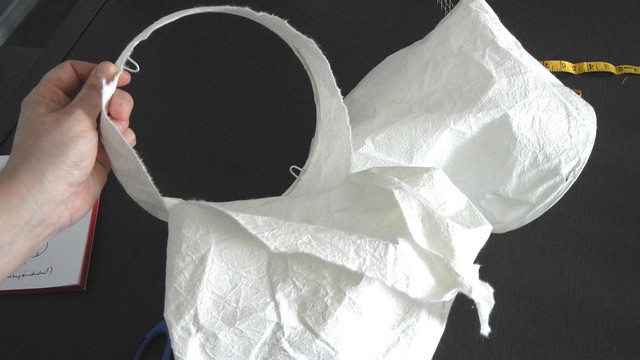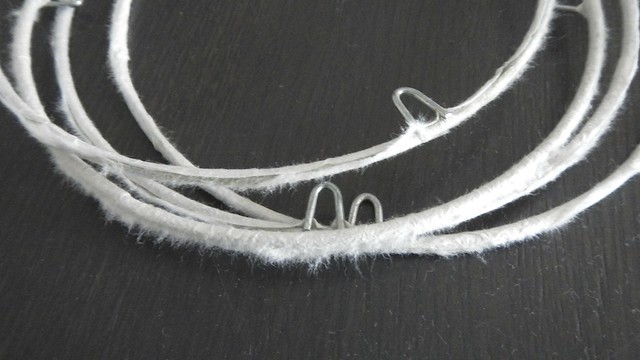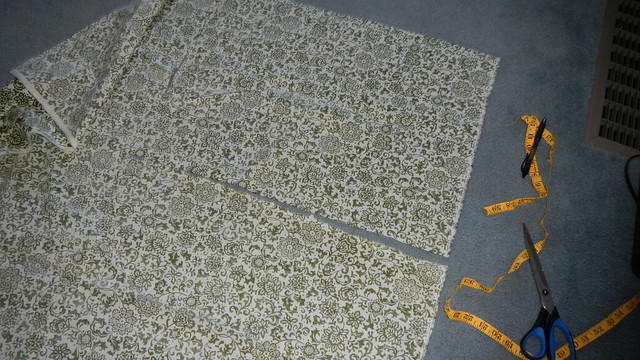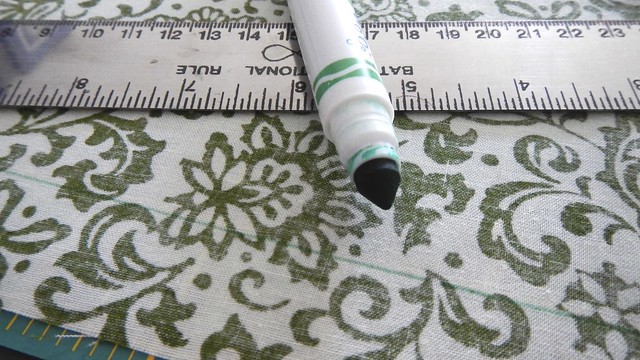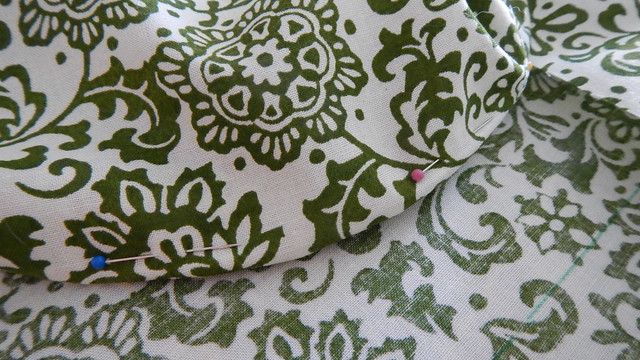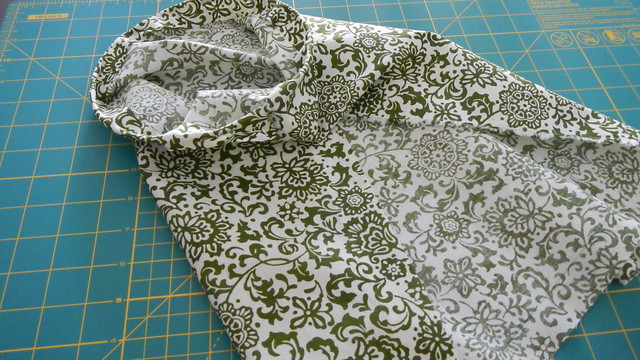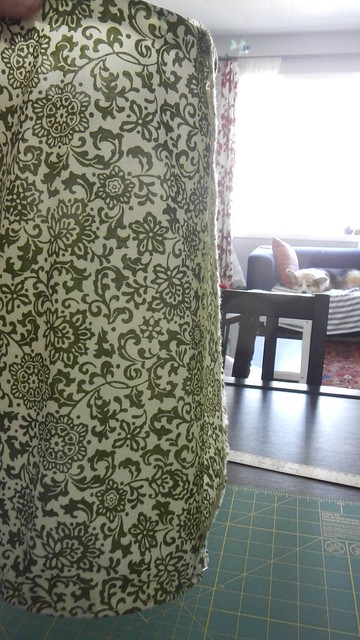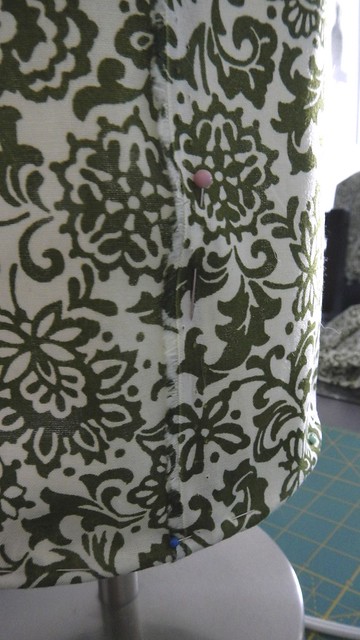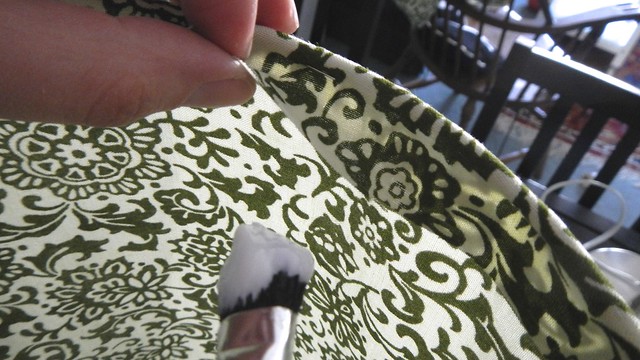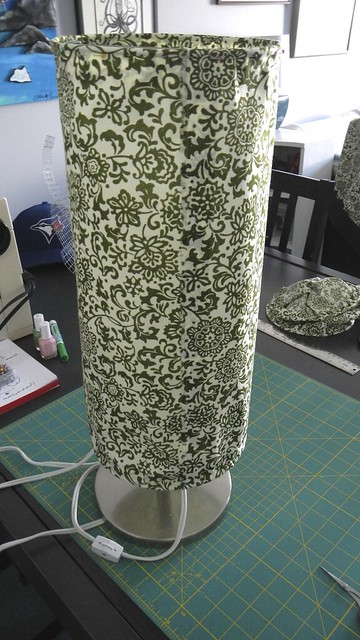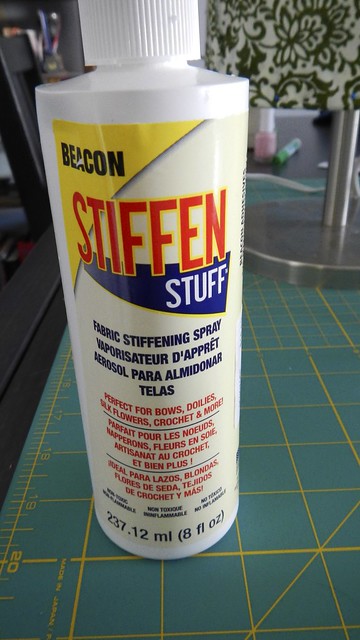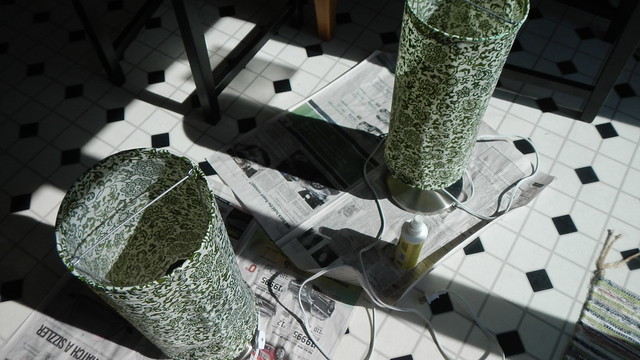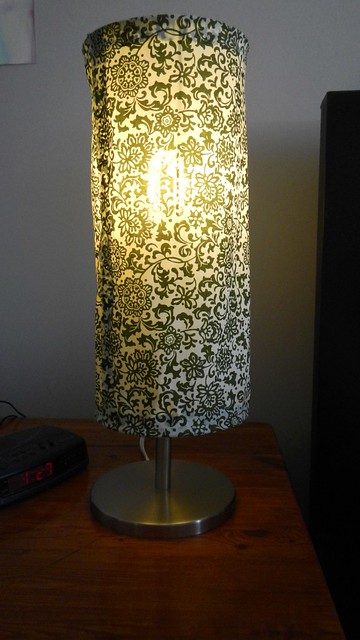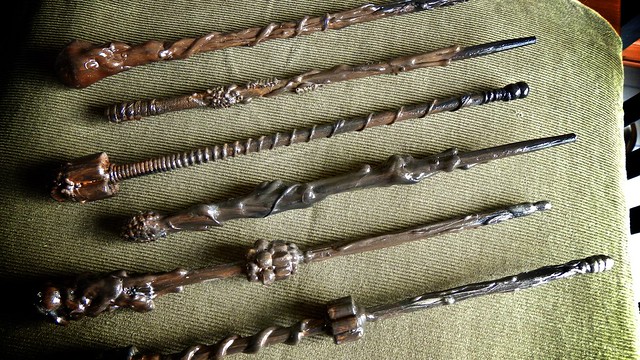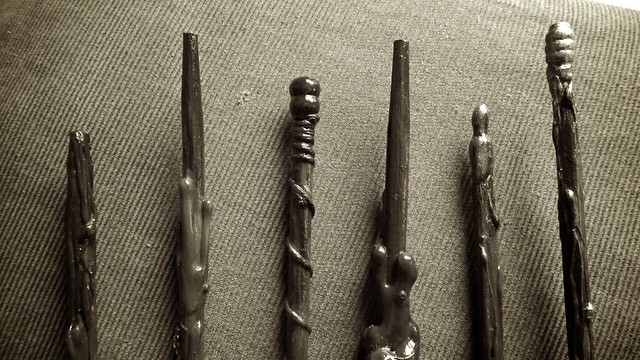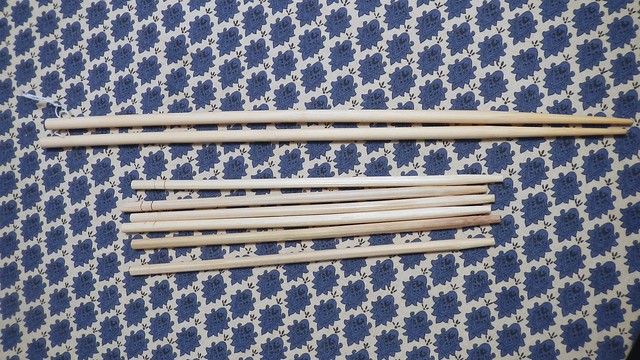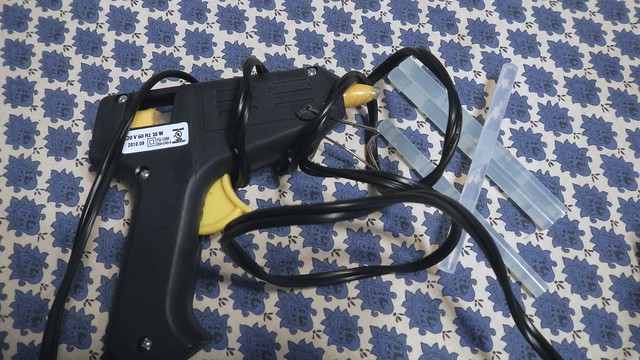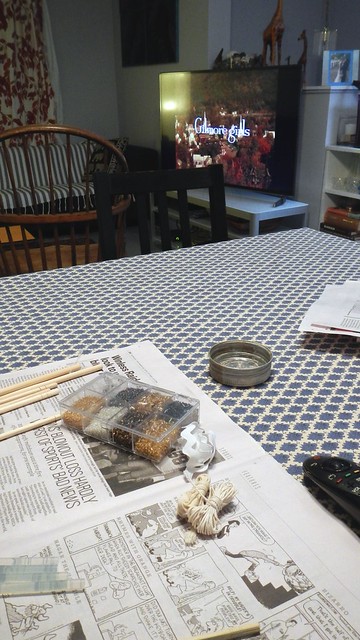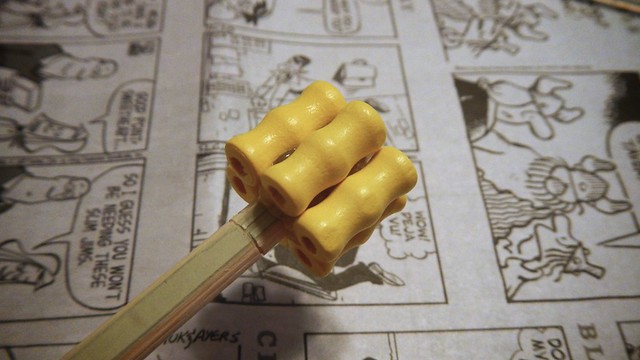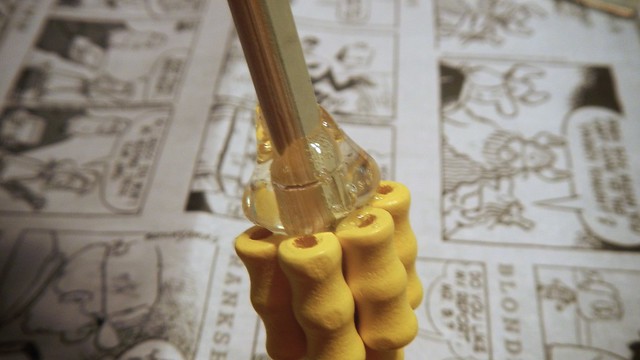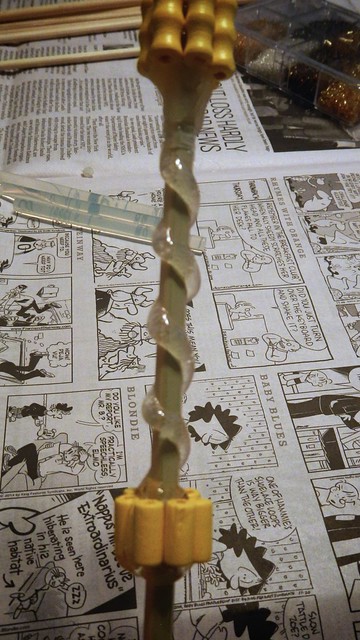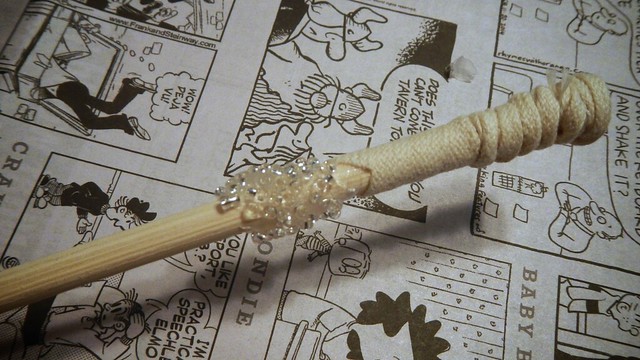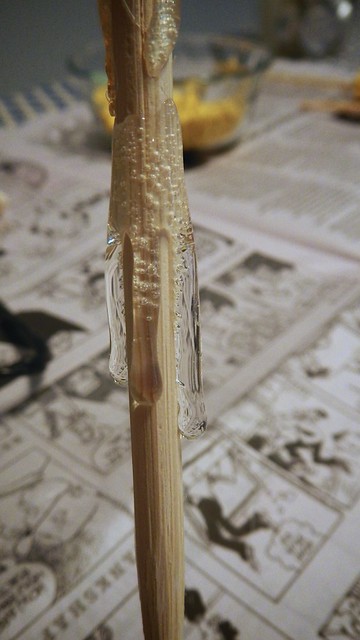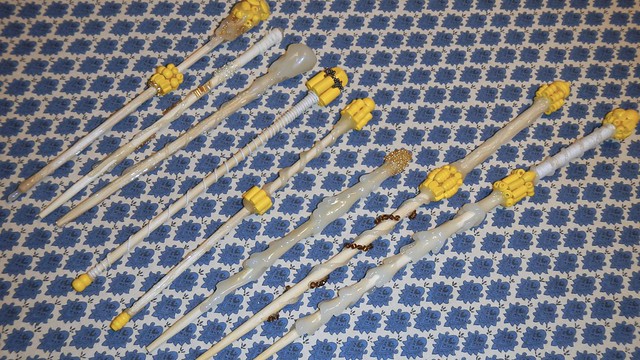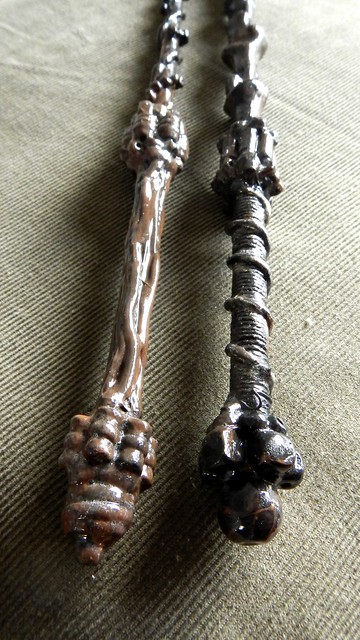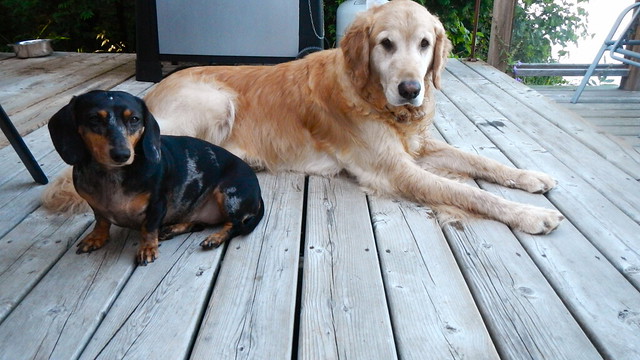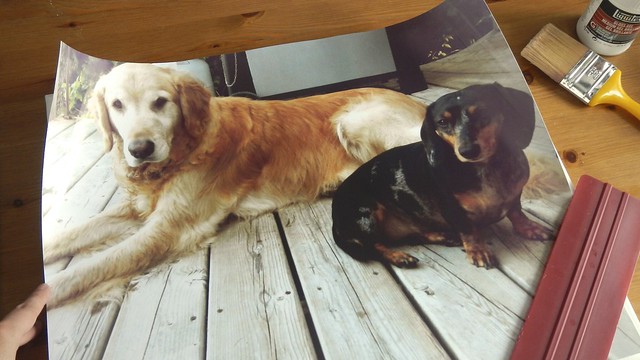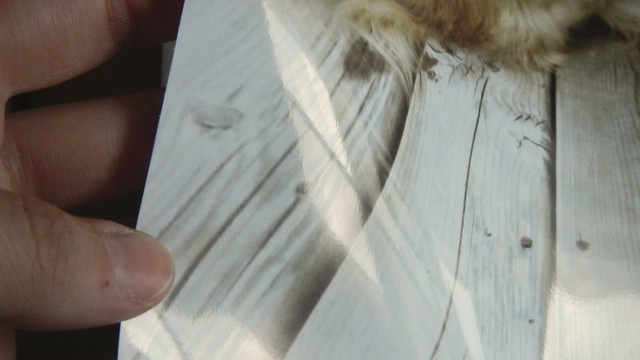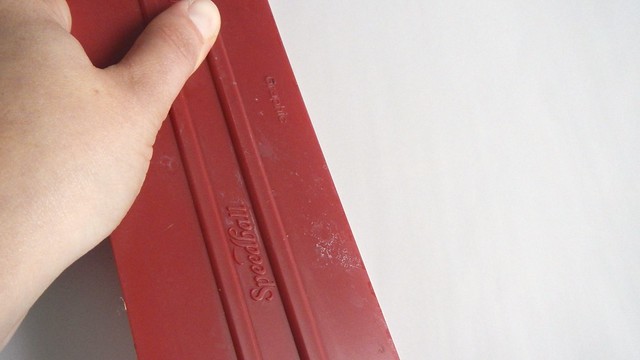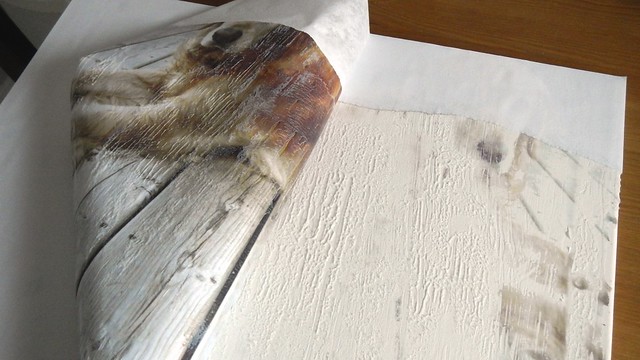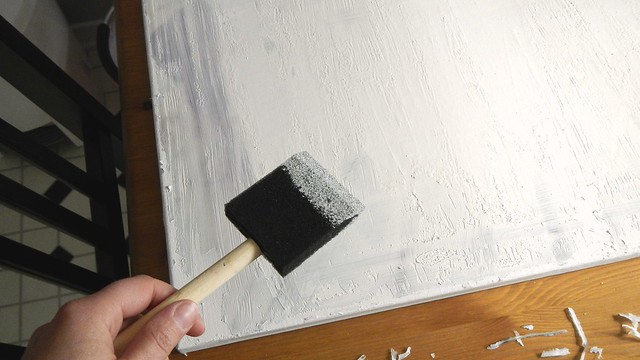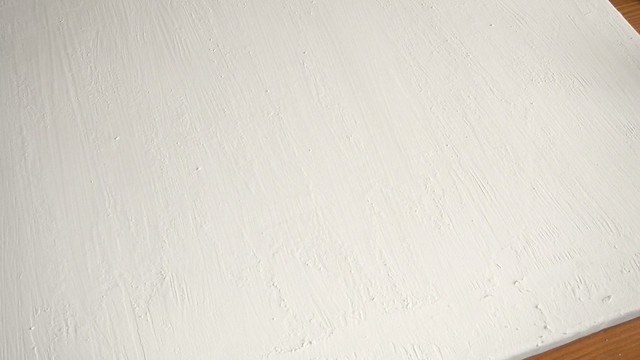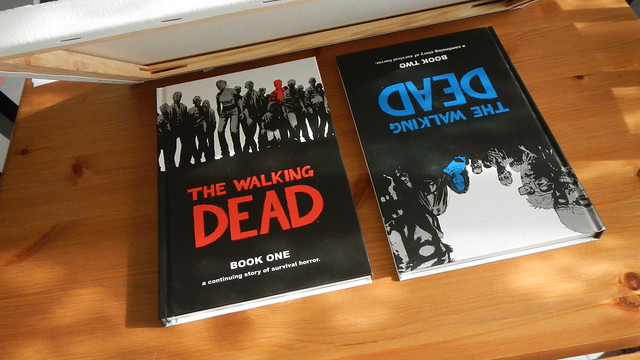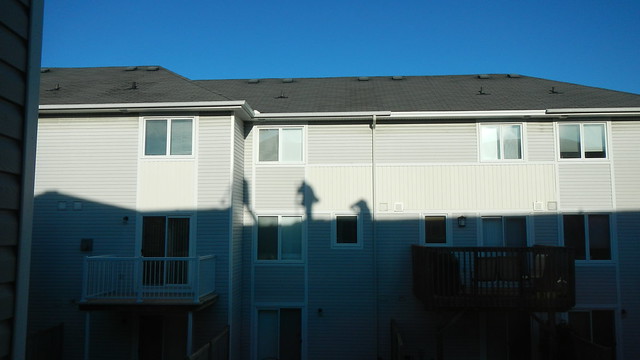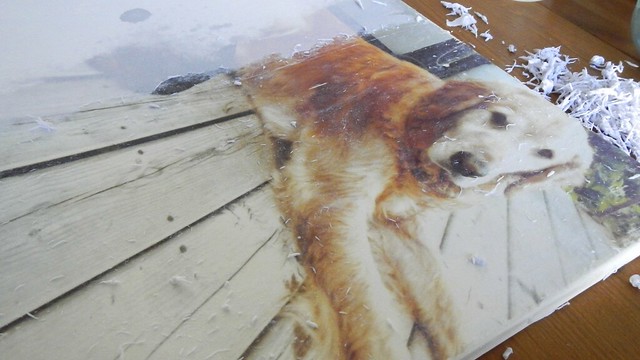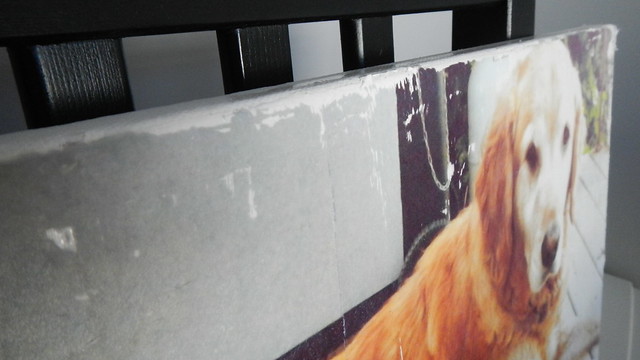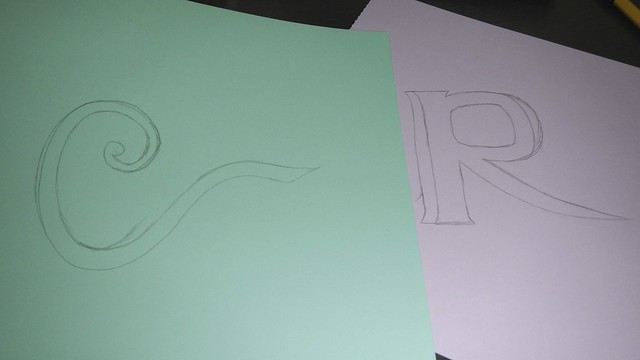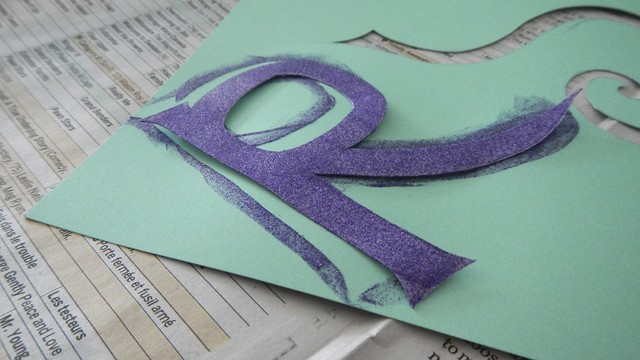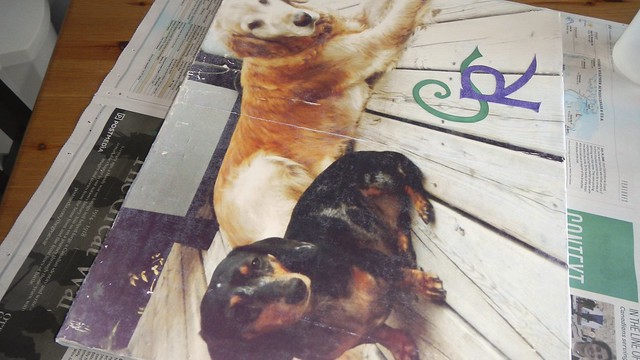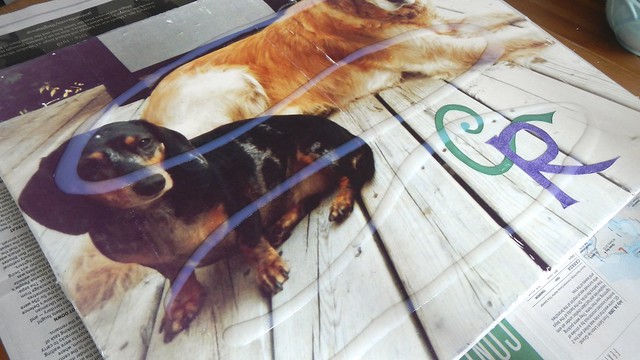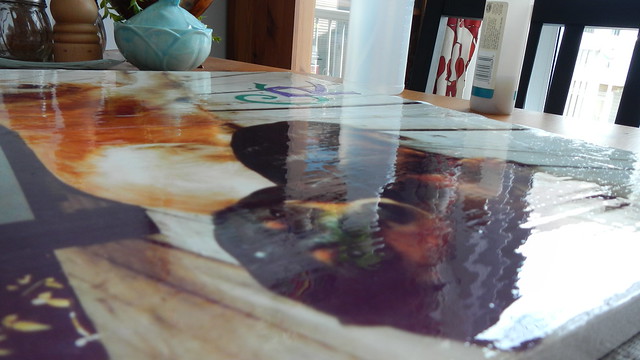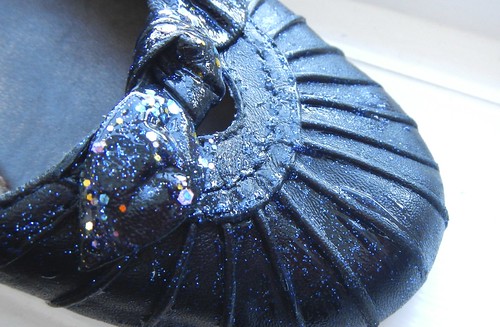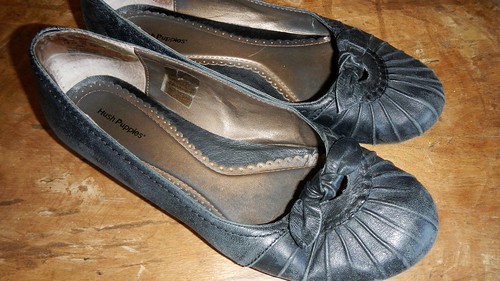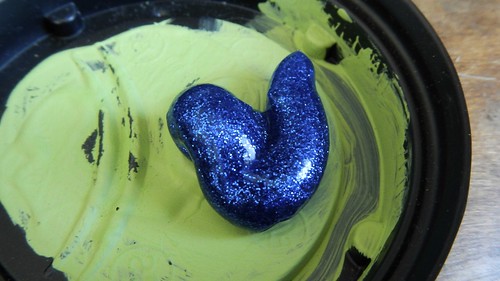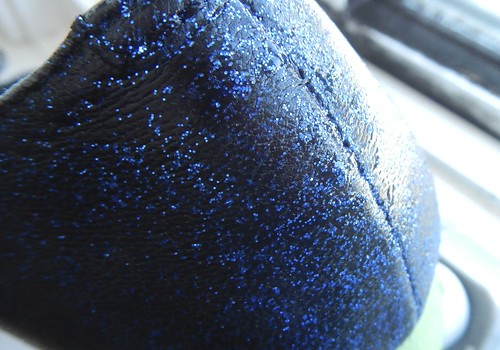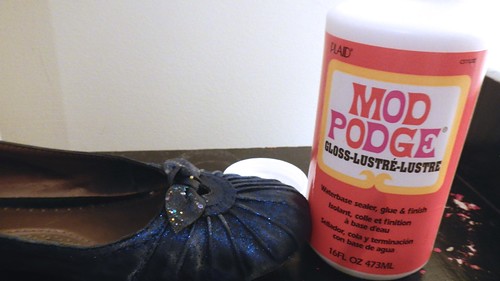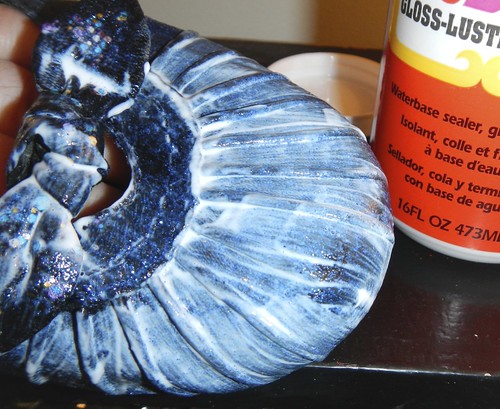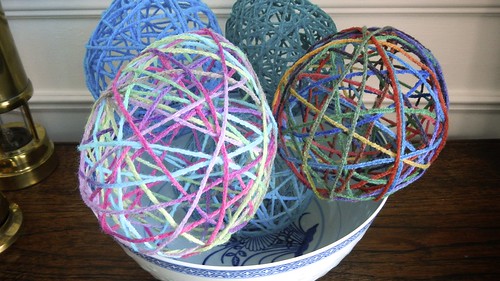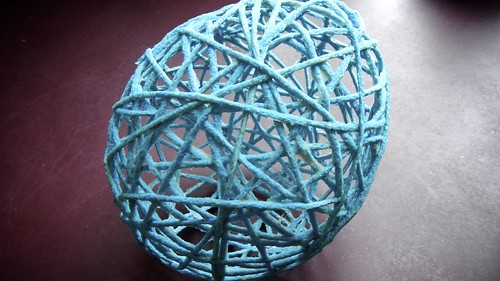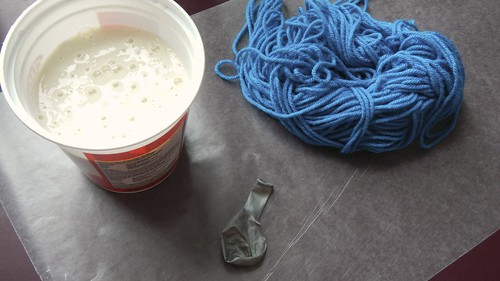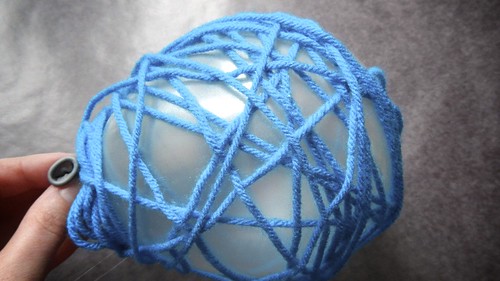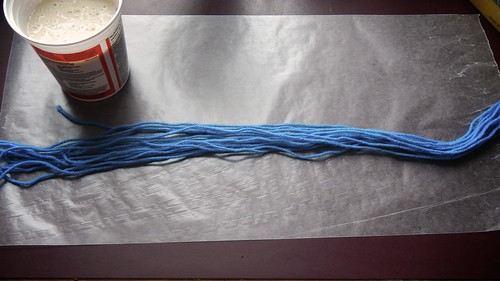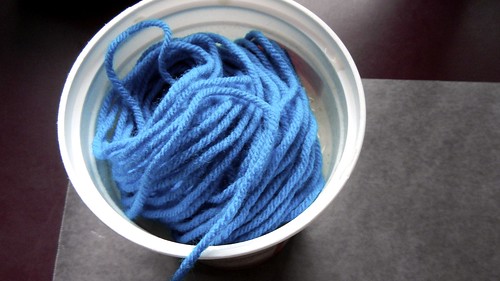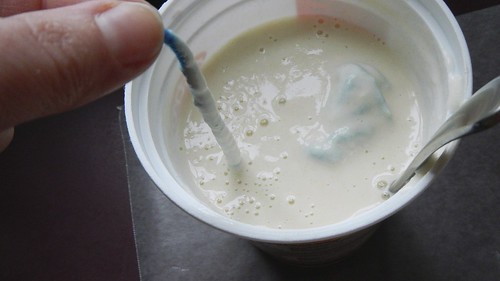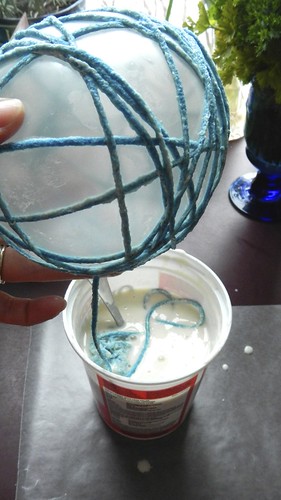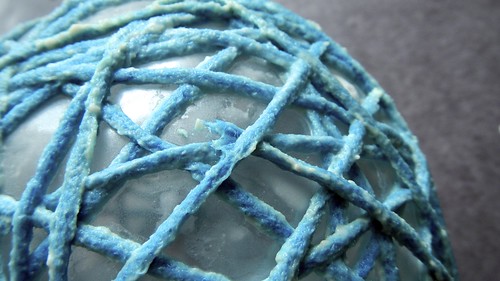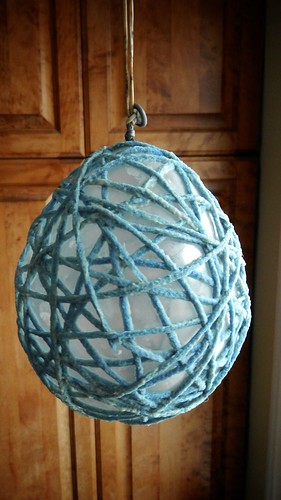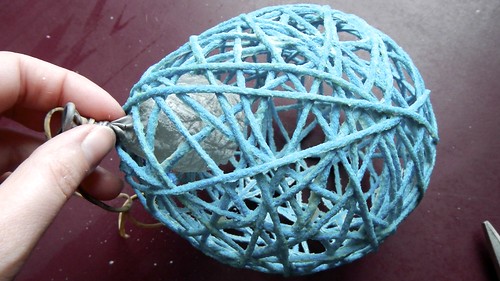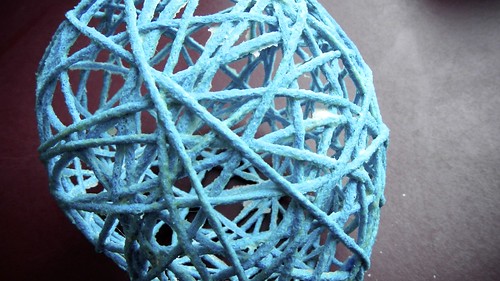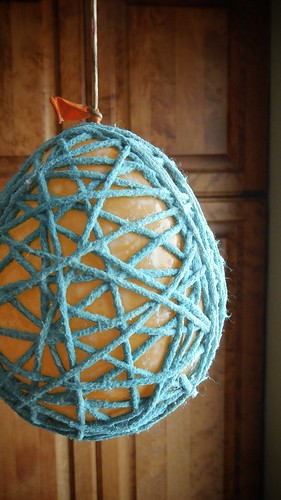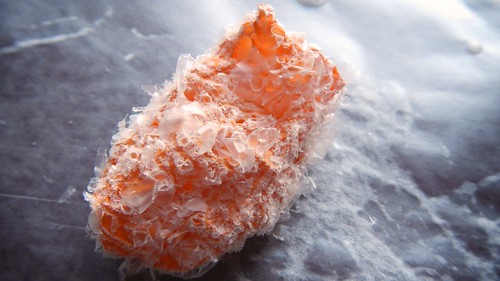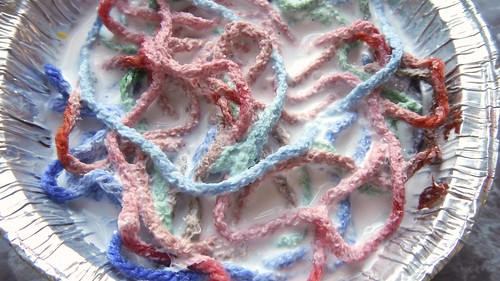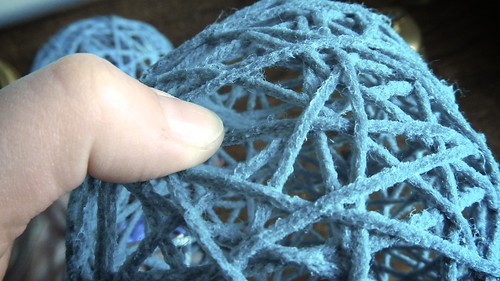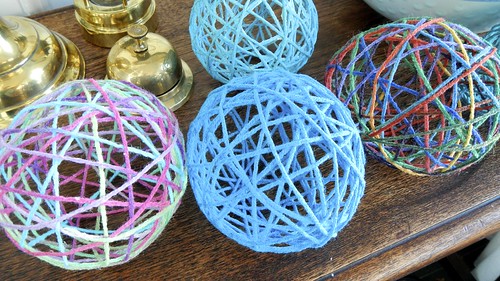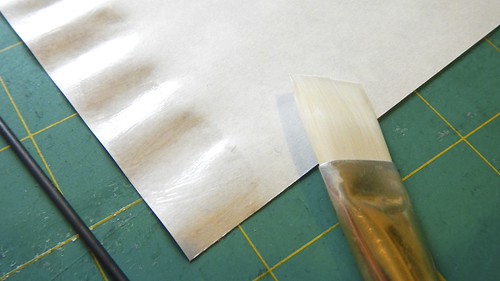Last year for Christmas, Rusty gave the Pie the collector’s edition of Uncharted 3: Drake’s Deception. That’s a videogame, for those of you who don’t know.

Anyway, the collector’s edition came in this huge sort of armoire/chest thing, and contained, in addition to the game itself, a 12″ figurine of Drake, the main character, together with a reproduction of his necklace, a thong wrapped around a ring supposedly belonging to the explorer Francis Drake. It was pretty cool. And once I saw the chest, I knew that we couldn’t throw it away, because it was so well made it would HAVE to be useful for something. I lugged it home from Ottawa, as carry-on on the plane. It made me grumpy at the time. I like my leg room.

So I’ve been staring at it for the better part of the last year, trying to figure out what to do with it. With its magnetically-sealing door and its little flocked drawers, it pretty much cries out to be a case for some form of treasure, possibly a jewelry box. In the end, that’s what I decided to do with it.
I’m going to make a sweeping assumption about my readership here and say that you probably don’t have a collector’s edition of Uncharted 3 lying around your house, so that you can easily reproduce what I’m about to show you. If you do, then by all means, go for it. But if you don’t, let this give you some inspiration to upcycle or recycle some other, pretty box, into something both functional and stylish. For example, in my closet at my parents’ house I have stashed a wooden packing crate that held the wine my cousin Lindz brought us as a wedding present. Some day I’m going to turn it into something epic.
But back to matters at hand. For all its structural integrity, this box is still essentially made out of cardboard, so I have to be very careful in my assemblage and dis-assemblage of it not to mess it up. And in order to decorate it properly (enough so it looks better than my usual half-assed attempts and I can give it to someone at Christmas), I am going to have to use every ounce of my limited artistic skills and patience.
First I’m going to outline my plan for you and then we can see how well I managed to carry it out.
At first I considered removing the decorative feet and top of the box and flipping it onto its back. It would make the box easier to store, but it would negate the usefulness of those wee drawers. So upright it was going to be.

Then I was going to remove the feet and top anyway, just for cleaner lines, but then it occurred to me that I could use the top to hide evidence of my construction, so I should leave it on. And if I was going to leave the top on, I should probably leave the feet on. So the structural appearance of this cabinet would remain the same as it was.

Now, my plan was to screw some small hooks into the “ceiling” of the cabinet, from which one could hang necklaces. I would put a dab of hot glue on the screw end when it came out the top, and then hide the evidence by putting the top of the cabinet back on.
For earrings, I would remove this mesh piece of cardboard from the door and replace it with a larger piece of metal wire mesh, carefully glued in place. I would have to make sure that there was room for the door to close with it in place.
And of course I would paint the whole thing. I’m thinking a sage green, with lighter green and ivory elements, and perhaps a touch of black (because the flocking inside the drawers is black). So that’s the plan, as it stands.
And, like my idol Hannibal from the A-Team is wont to say, “I love it when a plan comes together.”
First, the disassembly. Using a box knife, I carefully cut off the top of the chest.

And I did my best to peel off the filigreed game pouch from the inside of the door. It was a rough job but I wasn’t too concerned, as that would be covered over later with the earring holder.

I pulled out the drawers as well.

Now for the messing-about. Part of my plan included putting little hooks inside both drawers to hang bracelets and other smaller things, just to keep them from getting in the way.

I wasn’t planning on using the adhesive that they came with. I was going to use hot glue. I also cut off the little end bits of plastic left over from when I broke them off their holder.

Then I painted them. I made them black so they would hide against the flocking inside the drawers. It took a couple coats of acrylic to fully hide the white.

I cut down the front of each drawer so that you could see inside more easily.

Then I started to paint everything. I was working with acrylic on a smooth surface so it took a few coats to make sure everything stuck. I had considered lightly sanding the cardboard before I began but I didn’t want to risk damaging it. So I just used a lot of paint.

I used Mod Podge to glue a piece of paper over the rough bit on the door. I wasn’t too concerned about the wrinkles. The whole thing would be covered soon anyway.

Screwing in the hooks for hanging necklaces turned out to be a snap. I just eyeballed where I thought they would go, and that ended up working out just fine.

Some hefty daubs of hot glue ensured that they wouldn’t come sliding out again.

This is how they look from the useful side.

Then I cut a hole in the base of the top of the box, to accommodate the glued parts of the hooks. Then I just glued it in place and there we were.

Now here’s where I hit my first (and really, my only) real snag. I had thought there would be enough room in the drawers for them to slide in and out even after painting. That, however, was not true. You can see here the damage done to the paint after I shoved a drawer back in and then had to wrestle it out again. Not good.

But an easy fix, really. First, I glued the hooks in place inside the drawers.

Then I cut down the front of the drawers even further.


Then I simply glued them in place inside their spaces, so you couldn’t pull them out anymore, but you could still access everything inside them.

I had originally wanted some sort of wire mesh for the earring holder on the door, but I couldn’t find any that suited my purposes. I still had plenty of those wooden sticks leftover from my coffee stirrer wall art, however, and they would do just fine.

I used hot glue to make a little lattice arrangement out of them, which I then painted silver. That nut you see there, which I also painted silver, is going to serve as the handle to open the cabinet.

With the main structure of the cabinet completed and the initial painting done, it was time to consider the embellishments.

I wanted to make a nice little border around the door to echo the shape of the box itself, but I wasn’t sure how the acrylic would take to having masking tape stuck to it. So I tested it on the back first, and left it there for a day.

It seemed to be okay so I went ahead and masked out the front.

Then I painted in two parallel lines, one in ivory, one in silver.

I pulled the tape off before the lines were dry, to make sure that I wouldn’t pull off more paint than I wanted. I went a bit too fast at the end and lost a corner — the hazards of painting on a smooth surface, but nothing a touch-up wouldn’t fix.

While waiting for the touch-ups to dry, I glued on the door knob.

Then I stuck in the lattice.

And also some felt squares to go on the feet.

When it was all dry, I sprayed it with a couple coats of spray varnish. The stuff I used is designed to go on artists’ canvas, so it was ideal to go over the acrylic and dried really fast.

And that’s it, it’s done.


I put some of my own jewelry in it so you can see how it will work. I don’t own any earrings so I hung the lattice with brooches instead.



Those hooks hold up well.

Plenty of room in the former drawers.

And the doorknob holds strong.

If I didn’t have too much jewelry to fit the thing I’d keep it for myself. I am so pleased with how well it worked out.

And you can still see the copyright information on the bottom of the box, just so you remember its roots.

And yes, it has occurred to me that now I have to lug it all the way back to Ottawa, carry-on on the plane and everything. The price we pay to make our families happy …
For a dramatic juxtaposition of the before and after shots, look no further:






